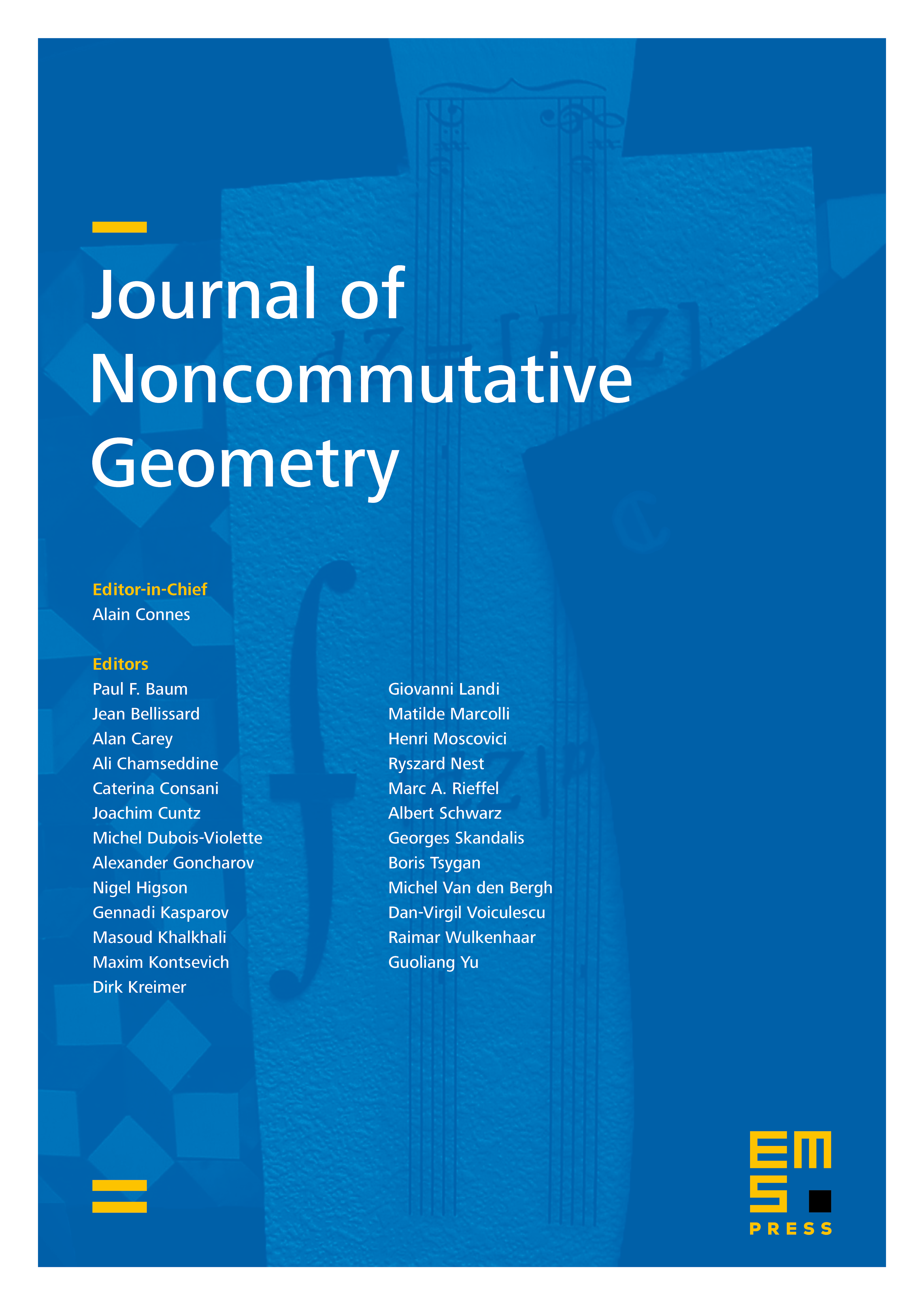Some notes on the Feigin–Losev–Shoikhet integral conjecture
Ajay C. Ramadoss
University of Oklahoma, Norman

Abstract
Given a holomorphic vector bundle on a smooth connected compact complex manifold , Feigin, Losev and Shoikhet [FLS] use a notion of completed Hochschild homology of such that is isomorphic to . On the other hand, they construct a linear functional on . This therefore gives rise to a linear functional on . They show that this functional is if has non-zero Euler characteristic. They conjecture that this functional is for all .
In this article it is proved that for any pair of holomorphic vector bundles on . In particular, if has one vector bundle with non-zero Euler characteristic, then for every vector bundle on .
In [FLS] there is also used a notion of completed cyclic homology of such that . The construction yielding generalizes to give linear functionals on for each . The linear functional thus obtained on yields a linear functional on for . It is conjectured in [FLS] that , and a further conjecture about is made.
In this article we prove that for all . In particular, if has at least one vector bundle with non-zero Euler characteristic, then . We also prove that for . The latter is stronger than what is expected in [FLS] when .
Cite this article
Ajay C. Ramadoss, Some notes on the Feigin–Losev–Shoikhet integral conjecture. J. Noncommut. Geom. 2 (2008), no. 4, pp. 405–448
DOI 10.4171/JNCG/25